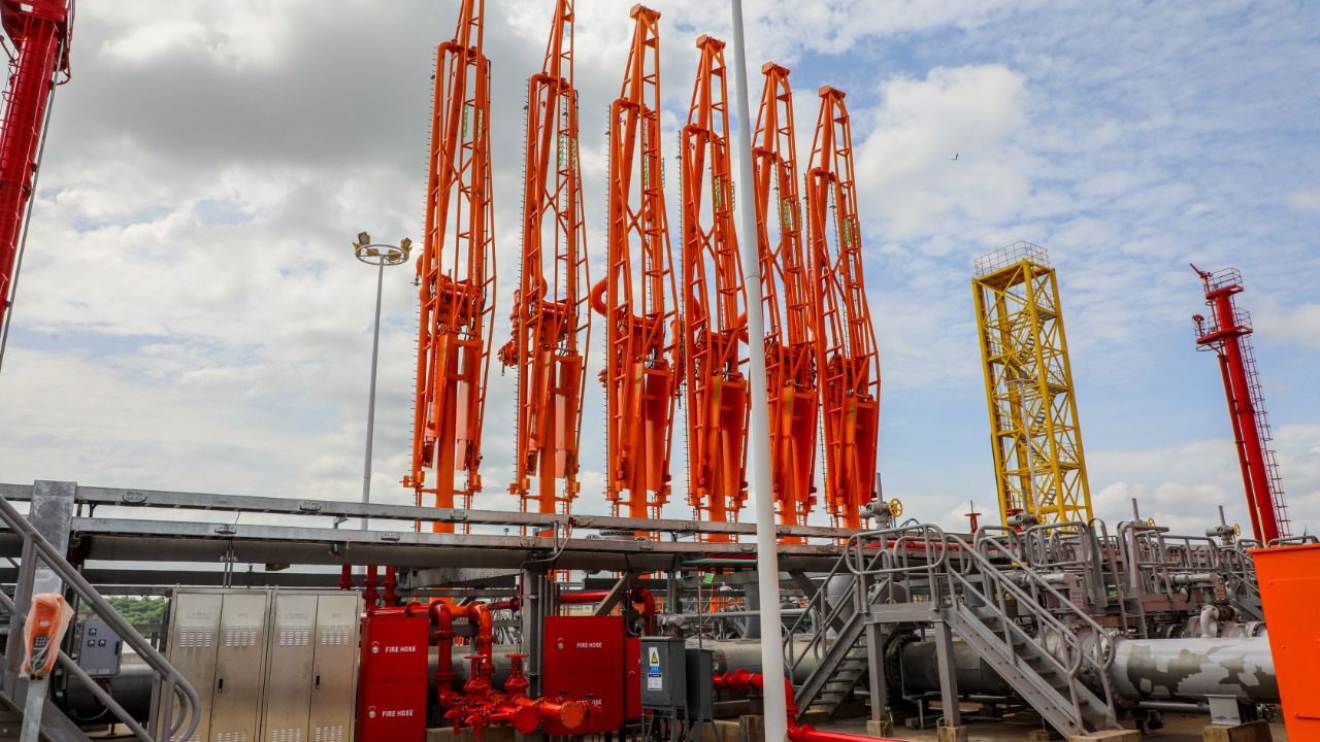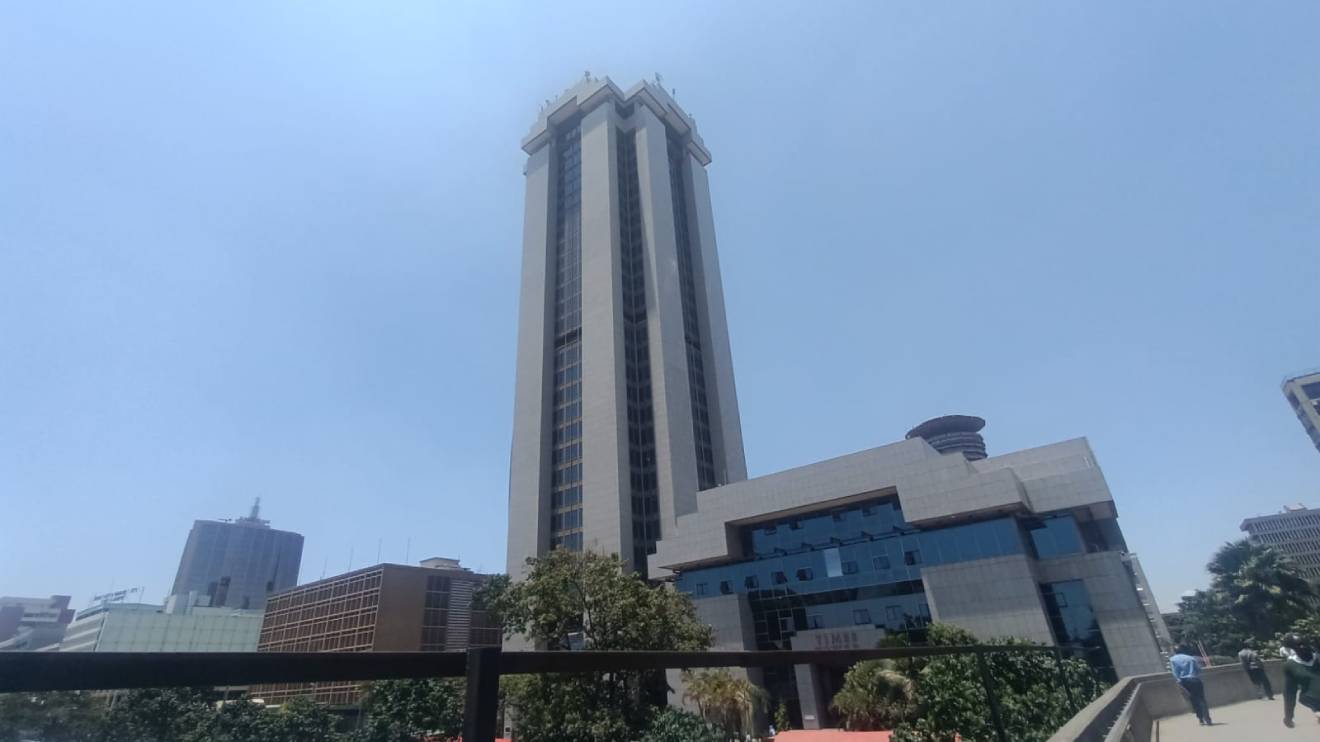Beginning in September, eight member nations of the Organisation of the Petroleum Exporting Countries (OPEC) Plus alliance will collectively increase oil production by 547,000 barrels per day, winding back part of the supply cuts introduced last year.
This output adjustment is the latest in a line of monthly increments that began in April.
It forms part of a broader shift by the cartel to reopen taps after the 2.2 million barrels per day reduction instituted in 2023 to bolster prices through restricted supply.
The production boost, which has long been anticipated by market observers, may do little to move prices in the short term.
Following the announcement, analysts at Jefferies offered a restrained forecast, stating, “We expect a limited negative market reaction.”
Read More
Saudi Arabia and the United Arab Emirates are among the primary beneficiaries of the revised quotas, with the UAE alone set to gain an additional 300,000 barrels per day.
The decision signals renewed flexibility among Gulf producers, who have long expressed discomfort with the constraints that limited their output while allowing non-OPEC Plus countries, chiefly the United States, to fill the gap.
Analysts suggest the cartel is responding to a narrow window of opportunity in global energy markets, as some forecasters expect a looming supply surplus in late 2025 and into 2026.
Nevertheless, OPEC Plus appears confident that current conditions support the move.
In their official statement, the producers explained the rationale for the change: “In view of a steady global economic outlook and current healthy market fundamentals.”
RBC Capital Markets, citing recent industry commentary, noted that “the additional volumes are being absorbed and that demand is holding up better than market expectations, especially in Asia.”
This sentiment runs counter to the more cautious outlook presented by the International Energy Agency (IEA), which foresees the possibility of a glut in the near future.
Summer typically sees increased activity in refineries, as countries ramp up production of petrol and other fuels to meet seasonal driving demand.
In the Gulf, power generation also surges during the hotter months, with crude being burned to fuel air conditioning systems.
These factors may have influenced the timing of the production shift.
Despite some pessimistic forecasts, the IEA observed in its July Monthly Oil Report that “price indicators point to a tighter physical oil market than suggested by the hefty surplus” in predicted supply-and-demand figures.
Brent crude prices, which briefly dipped below $60 per barrel in May, have since risen to around $69.50—though this recovery comes against a backdrop of mounting geopolitical risk.
Conflicts such as the war between Israel and Iran, along with escalating tensions around U.S. sanctions targeting Russia, have underscored the fragility of global oil supply routes.
Looking ahead, attention is likely to turn to the remaining agreed cuts, which still amount to roughly 3.6 million barrels per day. Whether those will be lifted—and when—remains an open question.
For now, OPEC Plus seems to be placing its bets on stable demand and a receptive market, despite growing uncertainty. The next few months will test whether that optimism holds.








